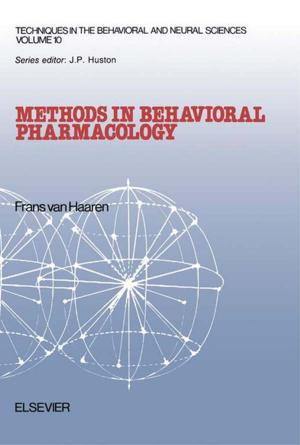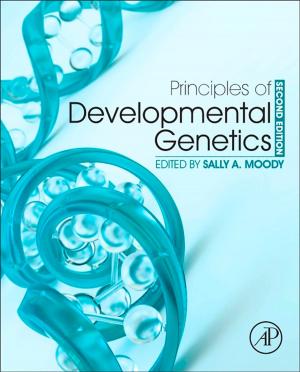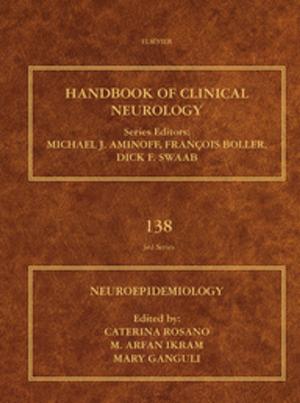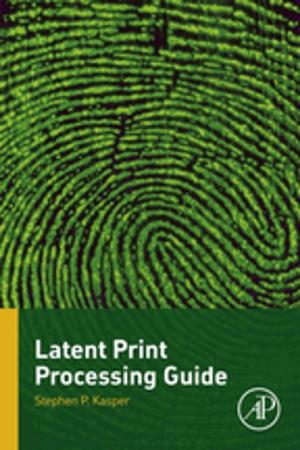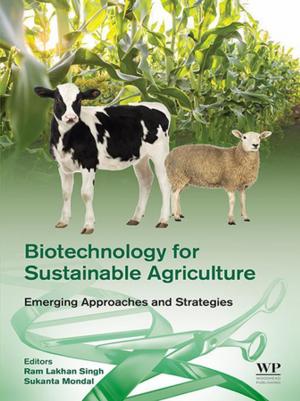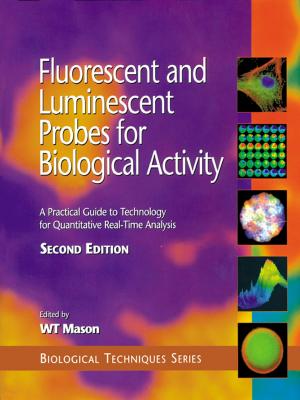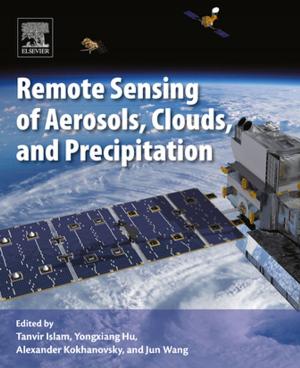Laser-Induced Breakdown Spectroscopy
Nonfiction, Science & Nature, Science, Physics, Spectrum Analysis, Chemistry, Analytic| Author: | ISBN: | 9780080551012 | |
| Publisher: | Elsevier Science | Publication: | October 3, 2007 |
| Imprint: | Elsevier Science | Language: | English |
| Author: | |
| ISBN: | 9780080551012 |
| Publisher: | Elsevier Science |
| Publication: | October 3, 2007 |
| Imprint: | Elsevier Science |
| Language: | English |
Laser induced breakdown spectroscopy (LIBS) is basically an emission spectroscopy technique where atoms and ions are primarily formed in their excited states as a result of interaction between a tightly focused laser beam and the material sample. The interaction between matter and high-density photons generates a plasma plume, which evolves with time and may eventually acquire thermodynamic equilibrium. One of the important features of this technique is that it does not require any sample preparation, unlike conventional spectroscopic analytical techniques. Samples in the form of solids, liquids, gels, gases, plasmas and biological materials (like teeth, leaf or blood) can be studied with almost equal ease. LIBS has rapidly developed into a major analytical technology with the capability of detecting all chemical elements in a sample, of real- time response, and of close-contact or stand-off analysis of targets. The present book has been written by active specialists in this field, it includes the basic principles, the latest developments in instrumentation and the applications of LIBS . It will be useful to analytical chemists and spectroscopists as an important source of information and also to graduate students and researchers engaged in the fields of combustion, environmental science, and planetary and space exploration.
* Recent research work
* Possible future applications
* LIBS Principles
Laser induced breakdown spectroscopy (LIBS) is basically an emission spectroscopy technique where atoms and ions are primarily formed in their excited states as a result of interaction between a tightly focused laser beam and the material sample. The interaction between matter and high-density photons generates a plasma plume, which evolves with time and may eventually acquire thermodynamic equilibrium. One of the important features of this technique is that it does not require any sample preparation, unlike conventional spectroscopic analytical techniques. Samples in the form of solids, liquids, gels, gases, plasmas and biological materials (like teeth, leaf or blood) can be studied with almost equal ease. LIBS has rapidly developed into a major analytical technology with the capability of detecting all chemical elements in a sample, of real- time response, and of close-contact or stand-off analysis of targets. The present book has been written by active specialists in this field, it includes the basic principles, the latest developments in instrumentation and the applications of LIBS . It will be useful to analytical chemists and spectroscopists as an important source of information and also to graduate students and researchers engaged in the fields of combustion, environmental science, and planetary and space exploration.
* Recent research work
* Possible future applications
* LIBS Principles

